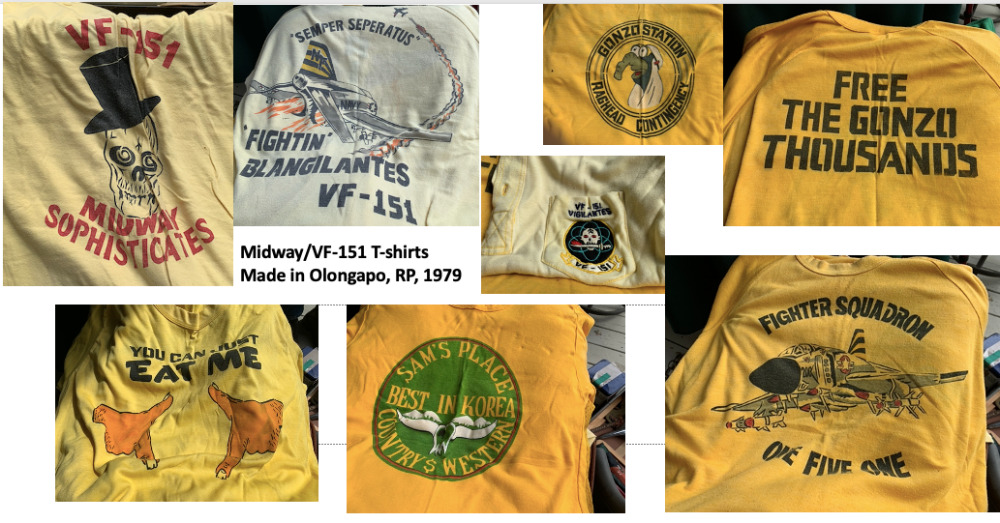
We mentioned the “downsizing” thing the other day. We are spending real cash to do it. Not ours, of course. It is the Chairman’s cash, which he can justify by figuring the real total cost of hiring help to get rid of stuff. That will open up space, anyway. And some of the objects emerging from the stacks and boxes make sense of old imponderables. Others don’t. The selection of outerwear from Olongapo, the magical city in the Philippines is a good case.
But let us frame the issues properly. There was an argument yesterday about an object that popped out of one of the anonymous boxes. It was a brown square mass of something that looked like construction paper. It was about an inch thick. Splash was delicate in taking it out of the plastic bag that had held it for at least a significant part of its history.
The square mass turned out to be a stack of ancient newspaper clippings from the Philadelphia area. They date to an early portion of the year of 1923. Peeling one of the fragile leaves out of the stack for examination, it seemed to be covering a developing story involving a fellow named “Calvin Coolidge.” There was not enough time to carefully unfold more of the “columns,” as the stories were known then. Not for their content, but by their shape on the printing press. They had been collated by someone intensely interested in the developing story of not quite a century ago.
Seeing the level of effort that went into compilation of the sandy-colored stack of disintegrating pulp sparked curiosity. It almost resulted in the expenditure of current energy to determine why some other person had compiled the elements of a story that had moldered peacefully in a pile for a hundred trips around the sun. Untouched and sundered from context. Time to analyze now?
We decided to toss the carefully assembled away as a sad example of the nature of history. Particularly since the same information has been saved, someplace, but shorn of contextual relevance.
That was not the case with the shirts. In their way, they had more relevance than President Coolidge. Examination of the clippings would have been a one-time exploration. The shirts were still in pretty good shape, considering they were more than 40 years from their manufacture and stenciling. The issues? Long gone. Last worn? More than thirty years, for sure, and then bundled together and placed away as securely as the Coolidge victory.
Do they mean anything now? Limited, surely. The Squadron officers would commission them in numerical lots dependent on the mass appeal of the message emblazoned on them. The ones devoted to the simple announcement of the identity of the unit were simple. The aircraft depicted on the shirts- F-4 Phantom fighters- are evocative purely for their time. The unit itself still exists, but in common name only. It has changed composition four times, including the air wing subordination, the type of aircraft flown, and the ship from which they were launched.
“Gonzo Station?” It was a navigational point SE of the Arabian land mass, featureless in the wide pale-blue Indian Ocean. The opponent then is the same as now, unusual continuity in a relationship founded on deep and abiding enmity.
We spent as much time trying to remember what various causes were celebrated in the shirts, where they were made, and who would have worn them. There was even talk of wearing them again. The day is long and the sun is shining. The shorts are as soft now as they were then, though a gentle washing was suggested to ensure a celebratory wear would not awaken something better left asleep. Or just put them on, and remember what it was like to walk down Magsaysay Boulevard in the warm sunlight, pesos clicking at us from the inside of the Plexiglas walls of the money vendor stalls to attract attention. The cute dark eyes on the young ladies and a fresh twenty-dollar bill in our jeans guaranteed to last until the curfew fell.
Then it was time to be back to the base across the river or holed up somewhere safe where the Shore Patrol would leave you alone. We could tell you about waking up in the Barrio Baretta, but it would be easier if we were wearing one of those shirts.
Copyright 2022 Vic Socotra
www.vicsocotra.com
